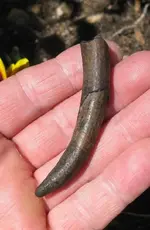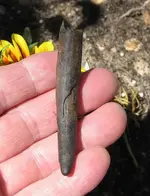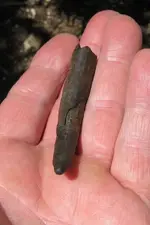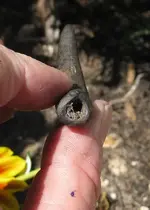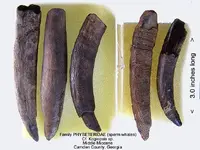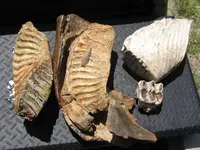Antlers wouldn't have growth rings either.
Could it be a tusk from a wild boar. The size and shape sure resemble the many boar tusks I have seen over the years from wild boar we've killed around here.
Maybe it's not as old as y'all are thinking...as in not back to man's paleolithic era.
I may be way off track here, but I'm thinking the dark coloration could come from laying in leaf laden water and mud for 40-50 years? Around here the tannins from oak leaves turns the water tea colored in a lot of the swampy places where the water doesn't flow freely or fast. What we call "brown water creeks" are very prevalent. Could that not have discolored or "dyed" a tusk/tooth?
This isn't my forte so take what I said with a grain of salt. I'm simply theorizing/guessing.



